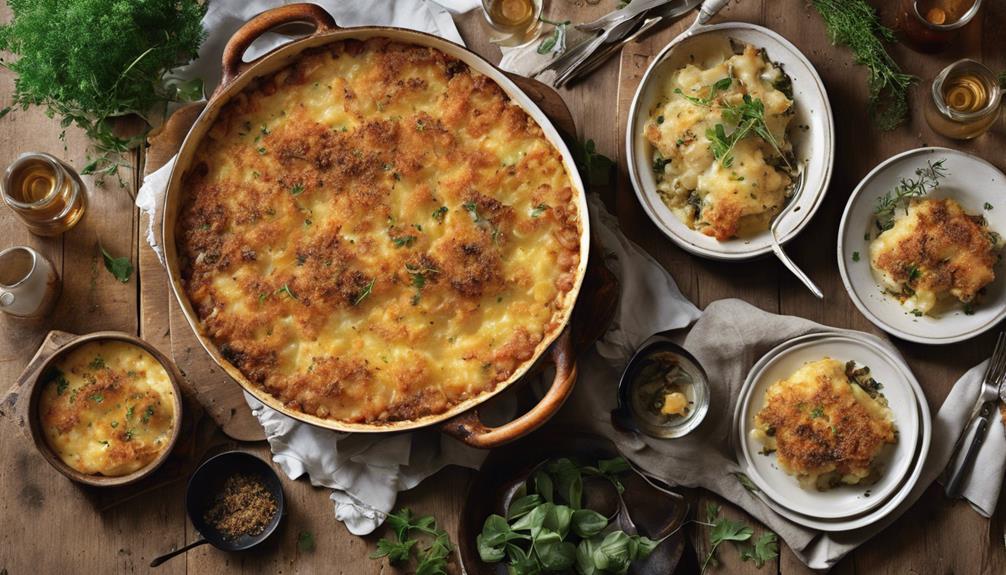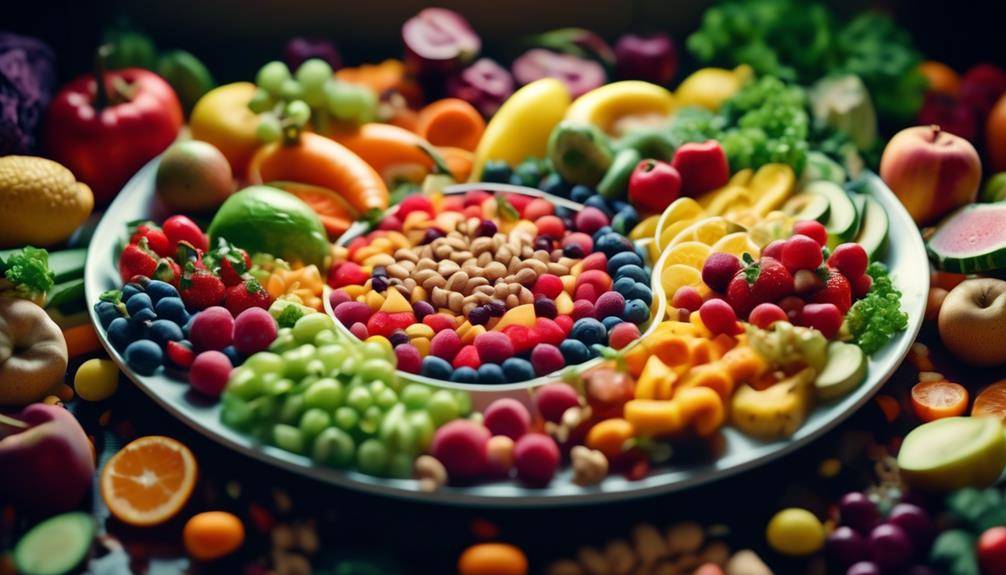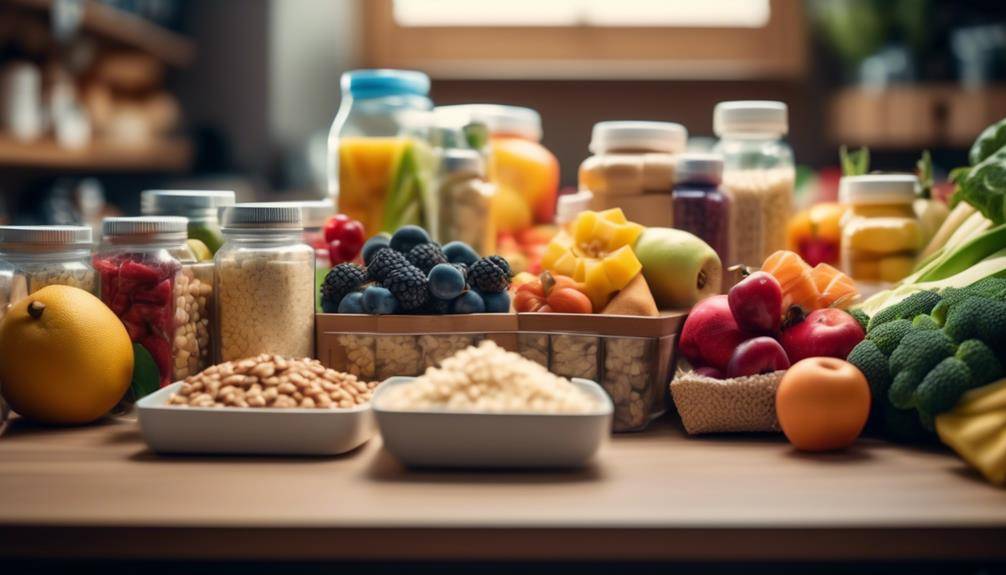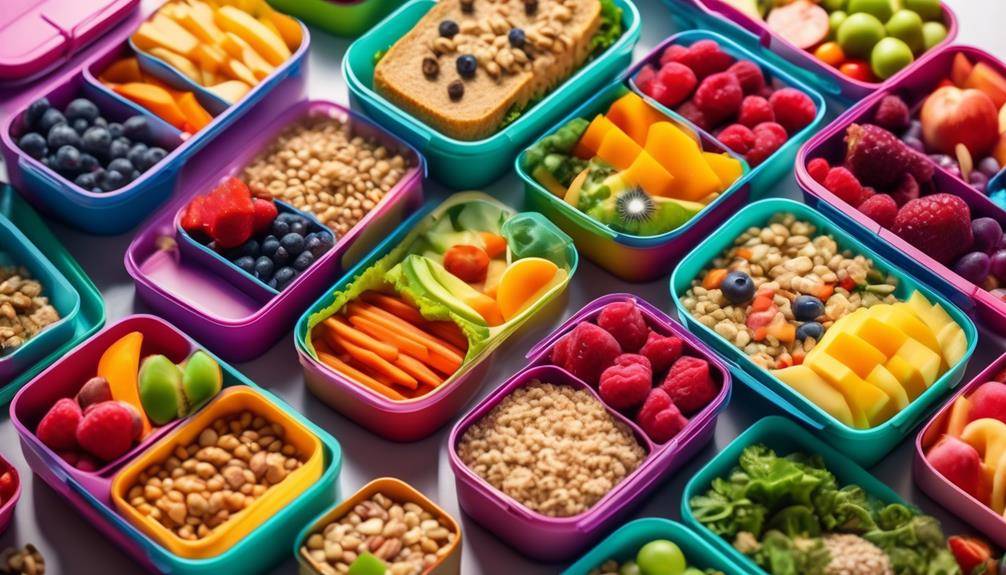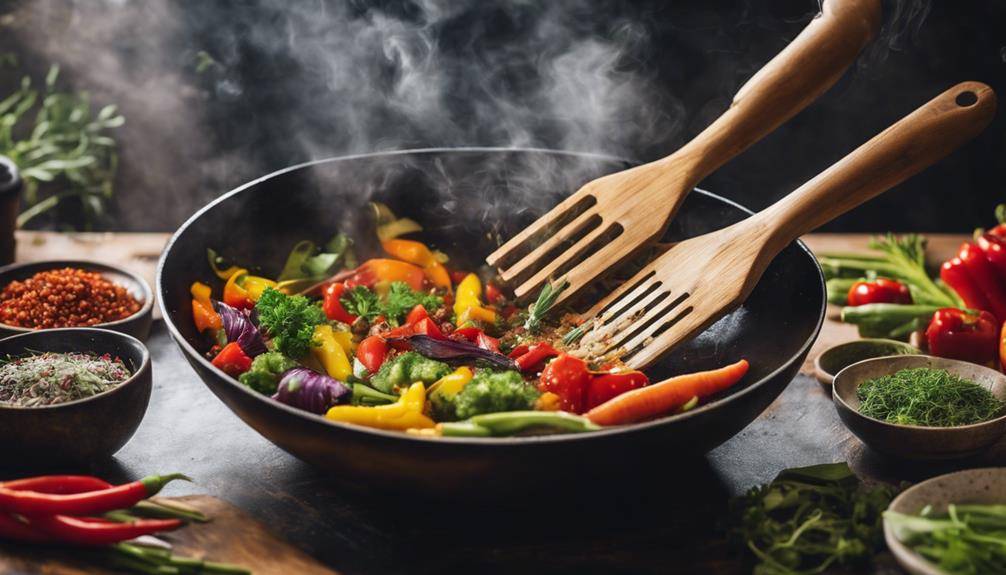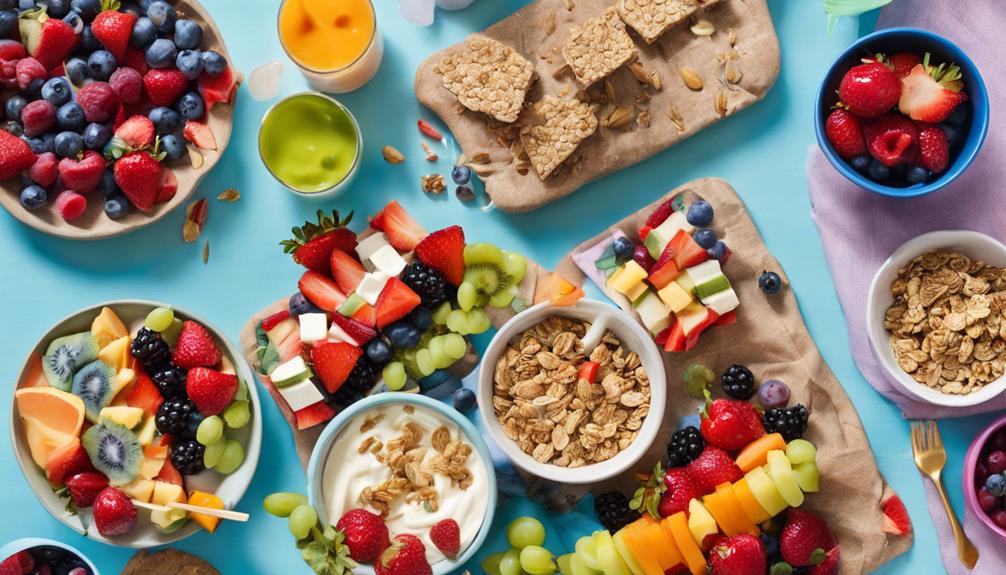The Best Grilling Tips For Perfect Ribs
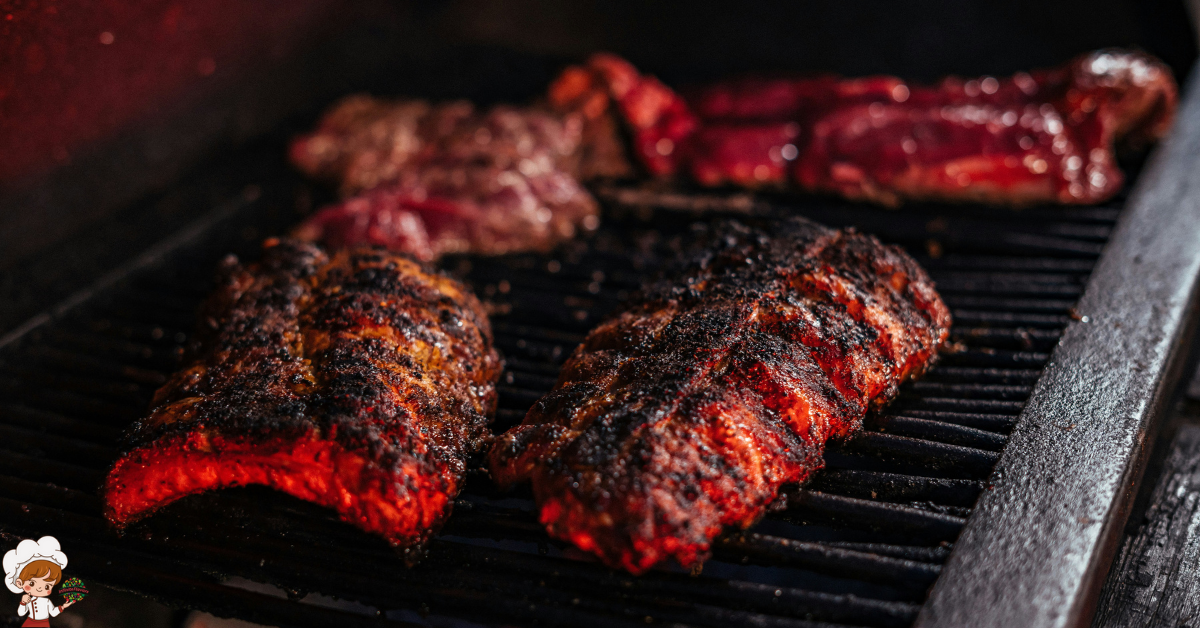
Grilling Tips For Perfect Ribs; Are you tired of spending hours grilling ribs only to end up with tough and flavorless meat? If you’re looking to elevate your grilling game and achieve the perfect ribs every time, then you’ve come to the right place. In this discussion, we will explore a variety of grilling tips that will help you master the art of cooking tender, juicy, and delicious ribs that will have your friends and family begging for more. So, get ready to take your grilling skills to the next level as we unravel the secrets to achieving rib perfection.
Choosing the Right Ribs
When it comes to grilling perfect ribs, choosing the right cut is essential for achieving tender and flavorful results. There are several types of ribs to choose from, each with its own unique characteristics and cooking times.
Baby back ribs, also known as back ribs or loin ribs, are the most popular choice for grilling. They come from the top of the ribcage, near the backbone, and are known for their tenderness and relatively short cooking time. Baby back ribs typically cook in about 1.5 to 2 hours, making them a great option for those who want to enjoy delicious ribs without spending too much time at the grill.
Spare ribs, on the other hand, come from the lower portion of the ribcage. They have more fat and connective tissue compared to baby back ribs, which gives them a richer flavor. Spare ribs require a longer cooking time to become tender and juicy, usually around 3 to 4 hours. It is important to cook them low and slow to allow the fat to render and the connective tissue to break down, resulting in mouthwatering ribs.
St. Louis-style ribs are a variation of spare ribs that have been trimmed to a more uniform shape. This cut is perfect for those who prefer a meatier rib with a higher meat-to-bone ratio. St. Louis-style ribs have a similar cooking time to spare ribs, around 3 to 4 hours, and offer a balance of tenderness and flavor.
Preparing the Meat
To prepare the meat for grilling perfect ribs, start by ensuring it is properly trimmed and seasoned. Properly trimming the ribs is crucial as it helps to remove excess fat and create a more even cooking surface. Use a sharp knife to trim any excess fat from the meat side of the ribs, as well as any loose or hanging pieces. Trimming the fat not only improves the appearance of the ribs, but also prevents flare-ups and allows for better smoke penetration.
Next, consider the brining process. Brining involves soaking the ribs in a saltwater solution to enhance their flavor and tenderness. To brine the ribs, dissolve 1 cup of kosher salt in 1 gallon of water, then submerge the ribs in the brine. Let them brine in the refrigerator for at least 4 hours, or overnight for maximum flavor. Before grilling, rinse the ribs to remove any excess salt and pat them dry with paper towels.
When it comes to meat selection, choose ribs that are fresh and of high quality. Look for ribs that have a good amount of meat on them, as this ensures a juicy and flavorful end result. Baby back ribs are a popular choice for grilling, as they are tender and cook relatively quickly. Spare ribs, on the other hand, have more meat and fat, making them ideal for slow cooking. Whichever type of ribs you choose, make sure they are properly stored and handled to maintain their freshness.
Marinating and Seasoning
For optimal flavor and tenderness, marinating and seasoning the ribs is an essential step in grilling perfect ribs. Using different marinades and types of seasonings can elevate the taste of your ribs to a whole new level.
Marinating the ribs not only adds flavor but also helps to tenderize the meat. You can use a variety of marinades to infuse different flavors into the ribs. Some popular options include barbecue sauce, soy sauce, citrus-based marinades, and spice rubs. The marinade should be applied generously and allowed to sit for at least a few hours, or even overnight, to allow the flavors to penetrate the meat.
When it comes to seasoning, there are endless possibilities. Different types of seasonings can complement the flavors of the marinade and add depth to the overall taste of the ribs. Common seasonings include salt, pepper, garlic powder, onion powder, paprika, and cayenne pepper. You can also experiment with herbs like rosemary, thyme, and oregano to enhance the aroma and flavor of the ribs.
Before grilling, make sure to remove any excess marinade from the ribs to avoid flare-ups. Patting the ribs dry with paper towels will also help create a nice crust on the outside. Once the ribs are seasoned, they are ready to be grilled to perfection.
Grilling Techniques
To achieve perfectly grilled ribs, mastering the right grilling techniques is key. When it comes to grilling ribs, there are two main methods: direct heat and indirect heat. Understanding when and how to use each technique can make all the difference in achieving tender, juicy ribs with a delicious smoky flavor.
Direct heat grilling involves placing the ribs directly over the heat source. This method is best for searing the meat and creating a caramelized crust. To grill ribs using direct heat, preheat your grill to medium-high heat (around 350-400 degrees Fahrenheit). Place the ribs directly over the heat source and cook them for a short period of time, usually 3-4 minutes per side. This method is great for achieving a nice char and grill marks on the ribs.
Indirect heat grilling, on the other hand, involves cooking the ribs away from the direct heat source. This method is ideal for slow cooking and smoking the ribs, allowing the meat to become tender and flavorful. To grill ribs using indirect heat, set up your grill for indirect grilling by heating only one side of the grill, or by using a two-zone fire. Place the ribs on the cooler side of the grill, away from the heat source, and cook them low and slow. This method requires a longer cooking time, usually around 2-3 hours, but it results in incredibly tender and succulent ribs.
Mastering both direct heat and indirect heat grilling techniques will give you the versatility to choose the method that best suits your preferences and the type of ribs you’re grilling. Whether you prefer a quick sear or a slow, smoky cook, these techniques will help you achieve perfectly grilled ribs every time.
Resting and Serving
Once you’ve mastered the grilling techniques for perfect ribs, the next step is to understand the importance of resting and serving them. Resting time is crucial for allowing the flavors to fully develop and ensuring that the meat remains juicy and tender. After removing the ribs from the grill, tent them loosely with aluminum foil and let them rest for about 10 to 15 minutes. This resting period allows the juices to redistribute throughout the meat, resulting in a more flavorful and succulent final product.
When it comes to serving your perfectly grilled ribs, presentation is key. Here are some presentation ideas that will elevate your dish and impress your guests. First, consider arranging the ribs on a large platter, placing them bone-side up for a visually appealing display. You can also garnish the platter with fresh herbs, such as parsley or cilantro, to add a pop of color.
Another option is to serve the ribs individually on plates, adding a side of your choice, such as coleslaw or grilled vegetables. This allows for a more personalized presentation and makes it easier for guests to enjoy their portion.
To add a touch of elegance, you can drizzle a homemade barbecue sauce or glaze over the ribs just before serving. This not only enhances the flavor but also adds a glossy finish to the meat.
Remember to provide extra napkins or finger bowls for guests to clean their hands while enjoying the delicious ribs. By taking the time to rest your ribs and presenting them thoughtfully, you are sure to create a memorable dining experience for everyone.
Grilling Tips For Perfect Ribs; Frequently Asked Questions
How Can I Tell if the Ribs Are Cooked to Perfection?
You’ll know your ribs are cooked perfectly when the meat easily pulls away from the bone and the internal temperature reaches 145°F. Achieving the perfect rib texture requires low and slow cooking, basting with sauce, and letting them rest before serving.
What Is the Best Type of Wood to Use for Smoking Ribs?
For the best smoking wood for ribs, there are a few options. Hickory is a popular choice, but you can also try apple or cherry wood for a sweeter flavor. Experiment to find your perfect smoke flavor!
Can I Grill Ribs on a Gas Grill Instead of Charcoal?
Yes, you can grill ribs on a gas grill instead of charcoal. It’s a matter of personal preference. Gas grills offer convenience and control, while charcoal grills provide a smokier flavor. Experiment with different grilling techniques to find what works best for you.
How Long Should I Let the Ribs Rest Before Serving?
Letting your ribs rest before serving is important to allow the juices to redistribute and for optimal tenderness. Aim for a resting period of about 10-15 minutes to ensure they are served at the perfect temperature.
What Are Some Common Mistakes to Avoid When Grilling Ribs?
When grilling ribs, common mistakes to avoid include using high heat, not properly preheating the grill, neglecting to marinate or season the meat, and overcooking. Master these grilling techniques for perfect ribs.
Conclusion
In conclusion, by following these grilling tips for perfect ribs, you can elevate your BBQ game to new heights. From choosing the right ribs to properly preparing and marinating them, every step is crucial for achieving tender and flavorful results. By mastering the grilling techniques and allowing the meat to rest before serving, you’ll be rewarded with ribs that are sure to impress your guests. So fire up that grill and get ready for some mouthwatering ribs!



